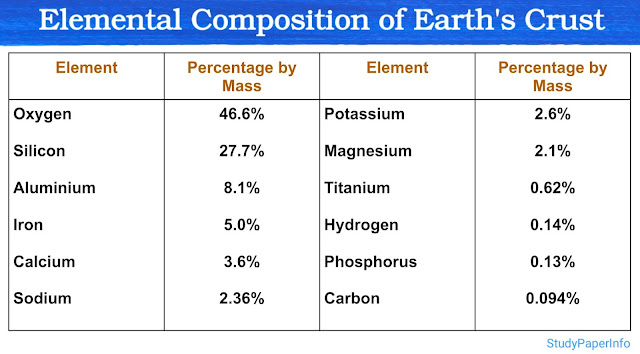Discuss the structure of sarcomere
The sarcomere is the basic contractile unit of striated muscle fibres, including skeletal and cardiac muscles. It is a highly organized, repeating structural unit of the myofibril, extending from one Z-line to the next. Its detailed architecture was clarified with the introduction of the sliding filament theory in 1954 by A.F. Huxley and R. Niedergerke and also H.E. Huxley and J. Hanson, who independently explained the mechanism of contraction based on filament sliding. The unique arrangement of thick and thin filaments within the sarcomere provides both its structure and function, making it the key unit responsible for muscle contraction.
Each sarcomere is composed of distinct regions, named based on their appearance under light and electron microscopy, and these regions directly relate to the arrangement of actin and myosin filaments.
Components of Sarcomere
The sarcomere spans from one Z-line to another Z-line and its structure is divided into several key components, each with a unique function. The primary components of the sarcomere include:
1. Z-line (Z-disc):
- The Z-line is a dense structure that forms the boundary of each sarcomere. It anchors the thin (actin) filaments. The Z-line is crucial for maintaining the structural integrity of the sarcomere and ensuring the proper alignment of the contractile filaments. Z-lines help in transmitting the force generated during muscle contraction.
2. A-band:
- The A-band is the region where both thick (myosin) and thin (actin) filaments overlap. It appears dark under a microscope due to the overlap of these filaments. The A-band remains constant in length during muscle contraction, as the thick and thin filaments do not change in size but slide past each other.
3. I-band:
- The I-band is the region that only contains thin (actin) filaments. This band appears light under a microscope because it lacks the thick myosin filaments. The I-band shortens during muscle contraction as the actin filaments slide toward the M-line, reducing the space between Z-lines.
4. H-zone:
- The H-zone is the central part of the A-band where only thick (myosin) filaments are present. During muscle contraction, the H-zone decreases in size as the actin filaments slide over the myosin filaments.
5. M-line:
- The M-line is the middle of the sarcomere, located in the center of the H-zone. It holds the thick myosin filaments in place and helps maintain the structure of the sarcomere during contraction.
Filamentous Proteins in Sarcomere
The sarcomere, as the basic contractile unit of muscle fibers, contains intricate protein structures essential for its function. These filamentous proteins, mainly actin and myosin, interact to facilitate muscle contraction through the sliding filament mechanism. Additionally, several other structural proteins help maintain the organization and stability of the sarcomere, ensuring efficient muscle movement.
1. Actin (Thin Filament):
- Actin is a globular protein that polymerizes into long, thin filaments. It forms the thin filaments in the sarcomere, extending from the Z-line toward the M-line. Actin interacts with myosin during muscle contraction, leading to the sliding filament mechanism.
2. Myosin (Thick Filament):
- Myosin is a motor protein that forms the thick filaments in the sarcomere. Each myosin molecule has a tail and two globular heads. The heads bind to actin filaments and use ATP hydrolysis to generate the force needed for muscle contraction.
3. Titin:
- Titin is a large structural protein that spans from the Z-line to the M-line. It plays a key role in maintaining the sarcomere's structural integrity, acting as a spring that helps the sarcomere return to its resting state after contraction.
4. Nebulin:
- Nebulin is another structural protein that is associated with actin filaments. It helps regulate the length of the thin filaments and ensures proper alignment of actin filaments in the sarcomere.
Supporting Structural Proteins
1. α-actinin:
- α-actinin is found in the Z-line, where it anchors actin filaments. It plays a key role in stabilizing the Z-line structure and contributes to the overall organization of the sarcomere.
2. Myomesin:
- Myomesin is located in the M-line and is responsible for anchoring the thick myosin filaments in place. It helps maintain the structural integrity of the sarcomere during contraction.
3. CapZ:
- CapZ is a protein that caps the plus end of the actin filaments at the Z-line. This prevents the addition of new actin subunits to the filaments, thus helping to maintain their length during muscle contraction.
4. Tropomodulin:
- Tropomodulin caps the minus end of the actin filaments, preventing the disassembly of actin at the Z-line. It helps stabilize the actin filaments and maintains their length.
5. Desmin:
- Desmin is an intermediate filament protein that links adjacent myofibrils at the Z-line. It provides structural support and helps to transmit the contractile force across the muscle fibers.



Comments
Post a Comment